If you look at the names of U.S. Army helicopters, you might notice something—Apache, Black Hawk, Chinook. Many of them bear Native American names.
But unless you have a military background or you watch a lot of World War II documentaries, you may not know the reason behind these tribal namesakes.
So, why do Army helicopters have Native American names?
Well, if you think about it, the U.S. Army has had some sort of military relationship with Native Americans since the American Indian Wars, which spanned more than 200 years.
However, Americans didn’t always fight against Natives—they actually have fought fiercely alongside them as well. In fact, 32 Native Americans have earned the Medal of Honor, the nation's highest military award.
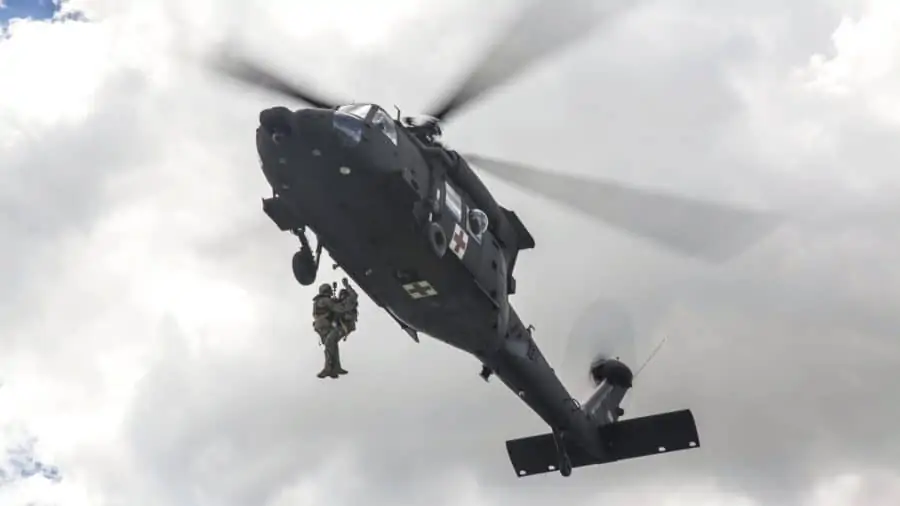
Soldiers hoist a simulated wounded soldier into an HH60-M Medevac Blackhawk during the Golden Coyote training exercise in Belle Fourche Reservoir, S.D., June 19, 2017. The scenario-driven exercise enables commanders to focus on warrior tasks and battle drills. (Spc. Mitchell Murphy)
In 1947, Army General Hamilton Howze, who manned the aviation department, wanted to change the names of the active Army helicopters. He found the existing names—Hoverly and Dragonfly—to be too light and airy. He wanted something more meaningful, something that projected the fierce, fighting spirit of the U.S. Army.
According to a release from the U.S. Army, “Howze said that since the choppers were fast and agile, they would attack enemy flanks and fade away, similar to the way the tribes on the Great Plains fought during the aforementioned American Indian Wars.”
So the next helicopter produced—the well-known H-13 of “M.A.S.H.” fame—was dubbed the “Sioux,” a nod to the Native Americans who fought Army Soldiers in the Sioux Wars and defeated the 7th Cavalry Regiment at the Battle of Little Bighorn.
Originally, the naming of Army helicopters had to meet these five criteria:
- Appeal to the imagination without sacrificing dignity.
- Suggest an aggressive spirit and confidence in the item’s capabilities.
- Reflect the item’s characteristics including mobility, agility, flexibility, firepower and endurance.
- Be based on tactical application, not source or method of manufacture.
- Be associated with the preceding qualities and criteria if a person’s name is proposed.
While the Army is no longer bound to these criteria, most of the time they tend to uphold this unique tradition anyway.
So when you look up into the sky and see a helicopter, be on the lookout for these special Army rotorcrafts that signify the power, perseverance, and endurance of Native American warriors.
Featured image courtesy: U.S. Army

<<Buy here>>
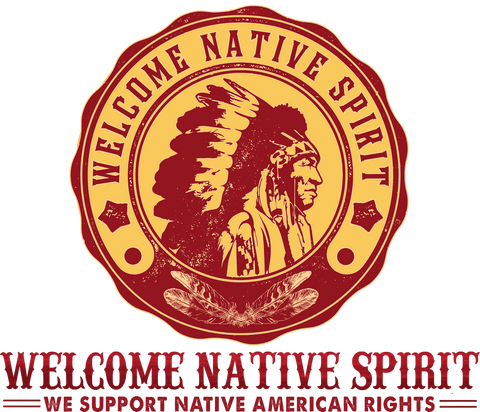

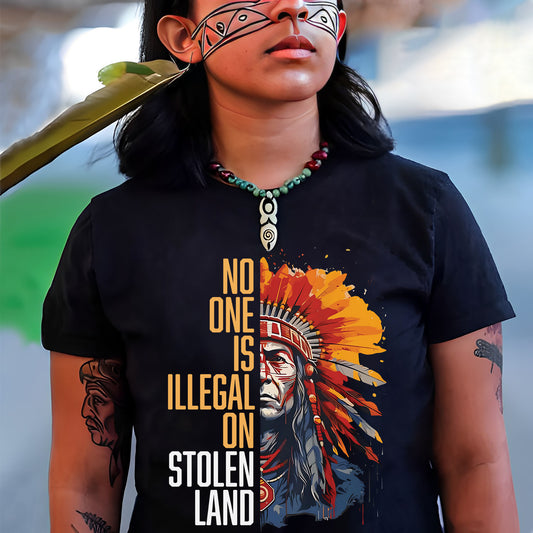
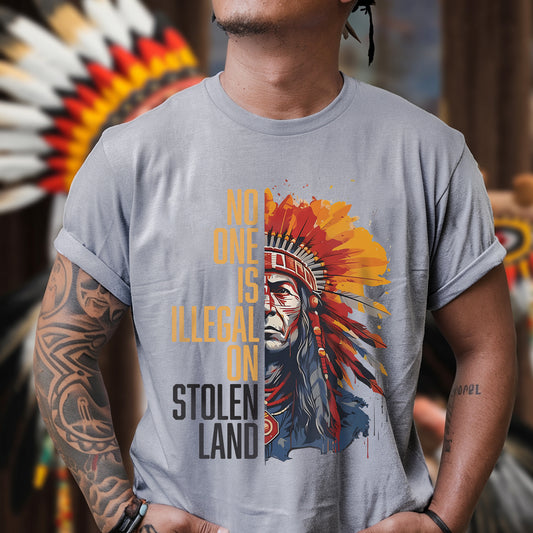
![[Two Sides] Trail of Tears The Deadly Journey Unisex T-Shirt/T-Shirt V-Neck/Hoodie/Sweatshirt](http://welcomenativespirit.com/cdn/shop/files/20_2bae9cf5-c07c-4ea5-a8ea-de74aa71325d_533x.jpg?v=1757466962)
![[Two Sides] Trail of Tears The Deadly Journey Unisex T-Shirt/T-Shirt V-Neck/Hoodie/Sweatshirt](http://welcomenativespirit.com/cdn/shop/files/gray_-2side_b51af6c7-cea9-4004-90db-cb8d883be04a_533x.png?v=1759742586)

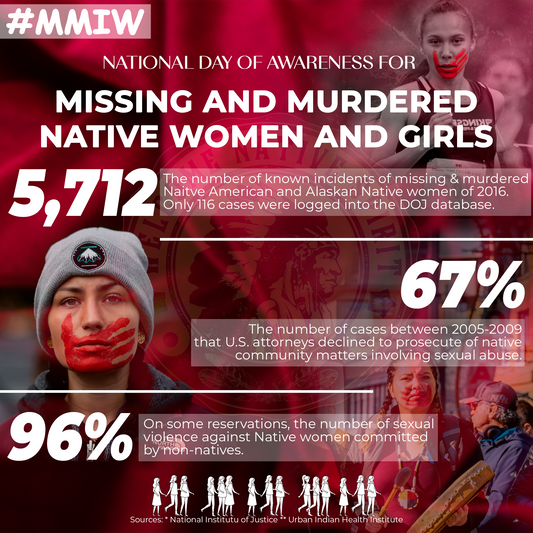
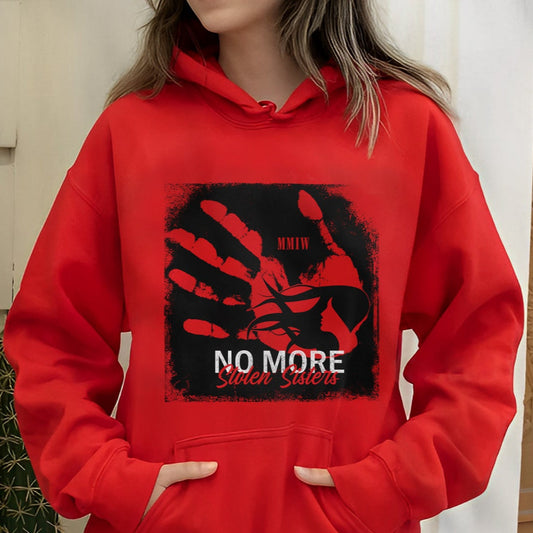
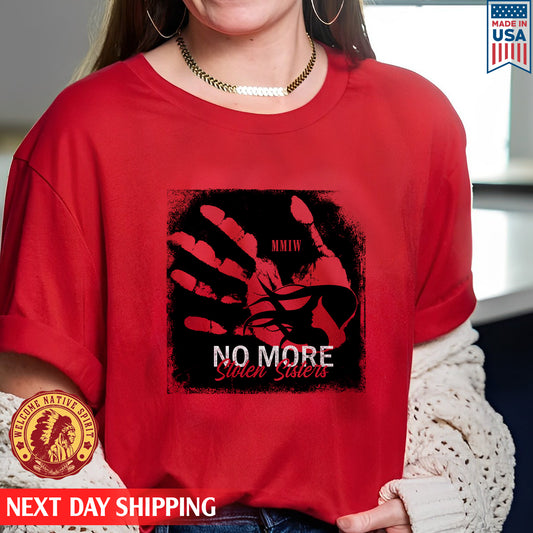
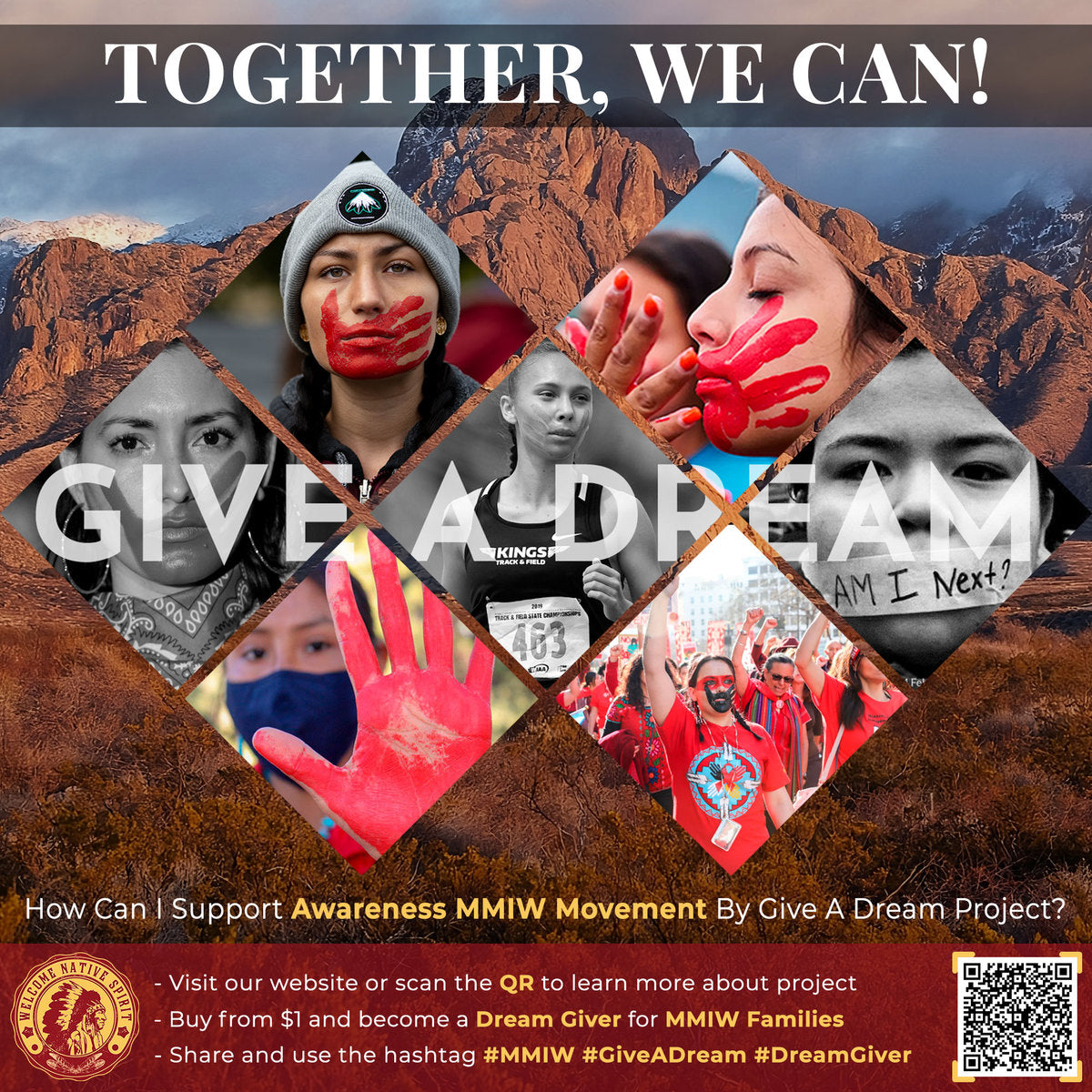
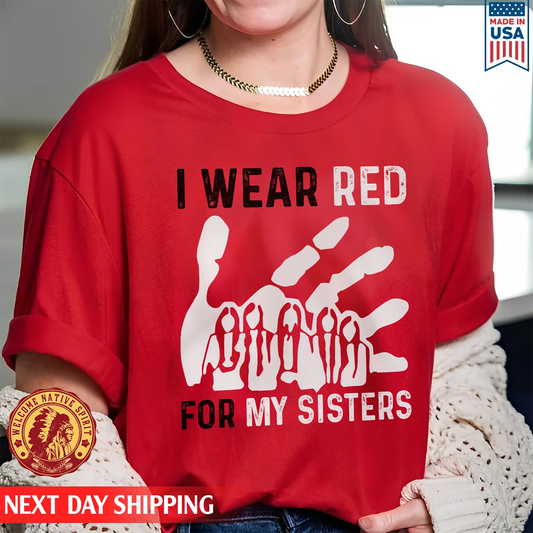
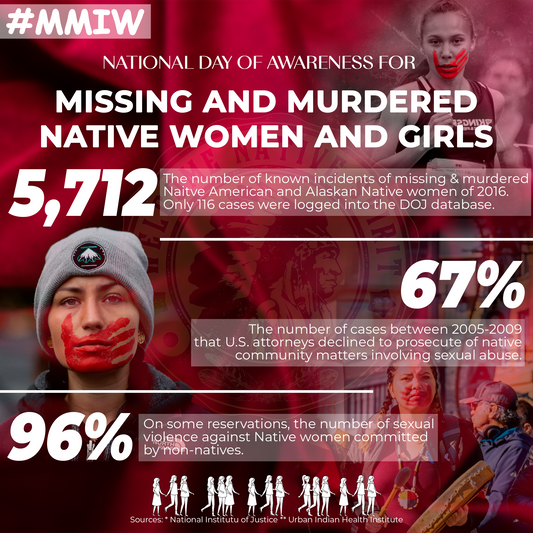
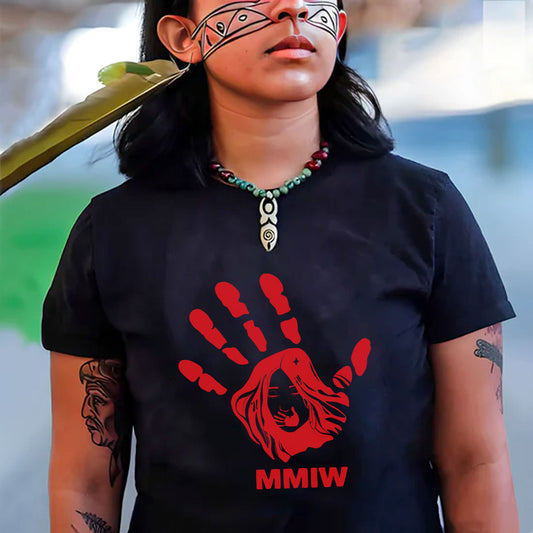
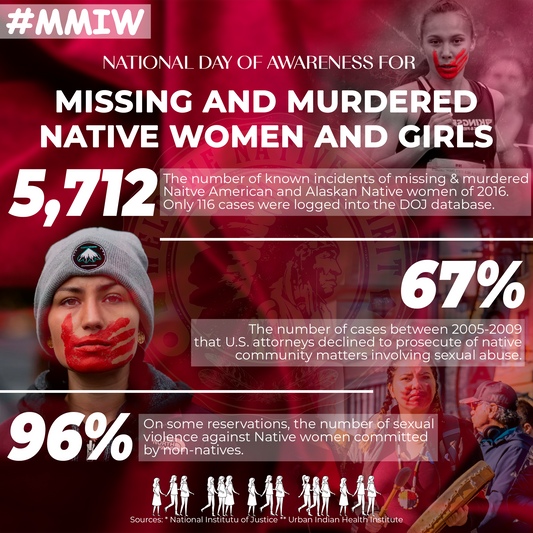




2 Comments
To be truthful after 20 yrs. I didn’t know that is how they name. I’m glad that is we honor the Native Americans!!
Interesting read. Thanks.